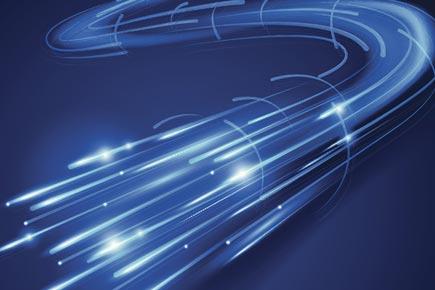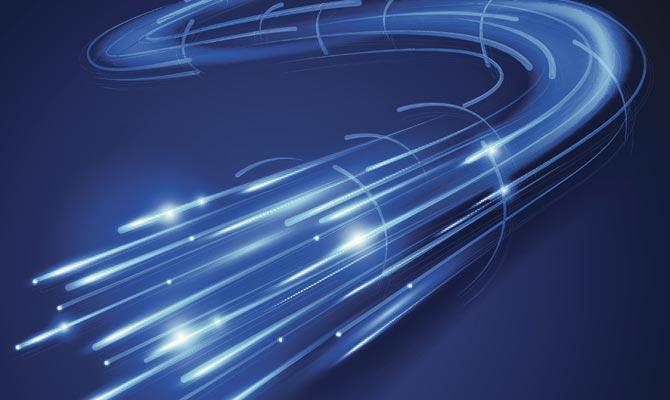A team of researchers from King Abdullah University of Science and Technology (KAUST) has developed a nanocrystalline material that rapidly makes white light out of blue light, demonstrating data speeds of up to 2GB per second which can transform the world of Wi-Fi

Riyadh: A team of researchers from King Abdullah University of Science and Technology (KAUST) has developed a nanocrystalline material that rapidly makes white light out of blue light, demonstrating data speeds of up to 2GB per second which can transform the world of Wi-Fi.
ADVERTISEMENT

Representational picture
While Wi-Fi and Bluetooth are well-established technologies, there are several advantages gained by shortening the wavelength of the electromagnetic waves used for transmitting information.
So-called visible-light communication (VLC) makes use of parts of the electromagnetic spectrum that are unregulated and is potentially more energy-efficient.
VLC also offers a way to combine information transmission with illumination and display technologies -- for example, using ceiling lights to provide internet connections to laptops.
Many such VLC applications require light-emitting diodes (LEDs) that produce white light.
"VLC using white light generated in this way is limited to about one hundred million bits per second," said Boon Ooi, Professor of Electrical Engineering at the KAUST.
Ooi, Associate Professor Osman Bakr and colleagues used a nanocrystal-based converter that enables much higher data rates.
When illuminated by a blue laser light, the nanocrystals emitted green light while the nitride emitted red light.
Together, these combined to create a warm white light.
The team could transmit data at a rate of two billion bits per second.
"The rapid response is partly due to the size of the crystals," said Bakr in a university statement.
"We believe that white light generated using semiconductor lasers will one day replace the LED white-light bulbs for energy-efficient lighting," added Ooi.
 Subscribe today by clicking the link and stay updated with the latest news!" Click here!
Subscribe today by clicking the link and stay updated with the latest news!" Click here!







